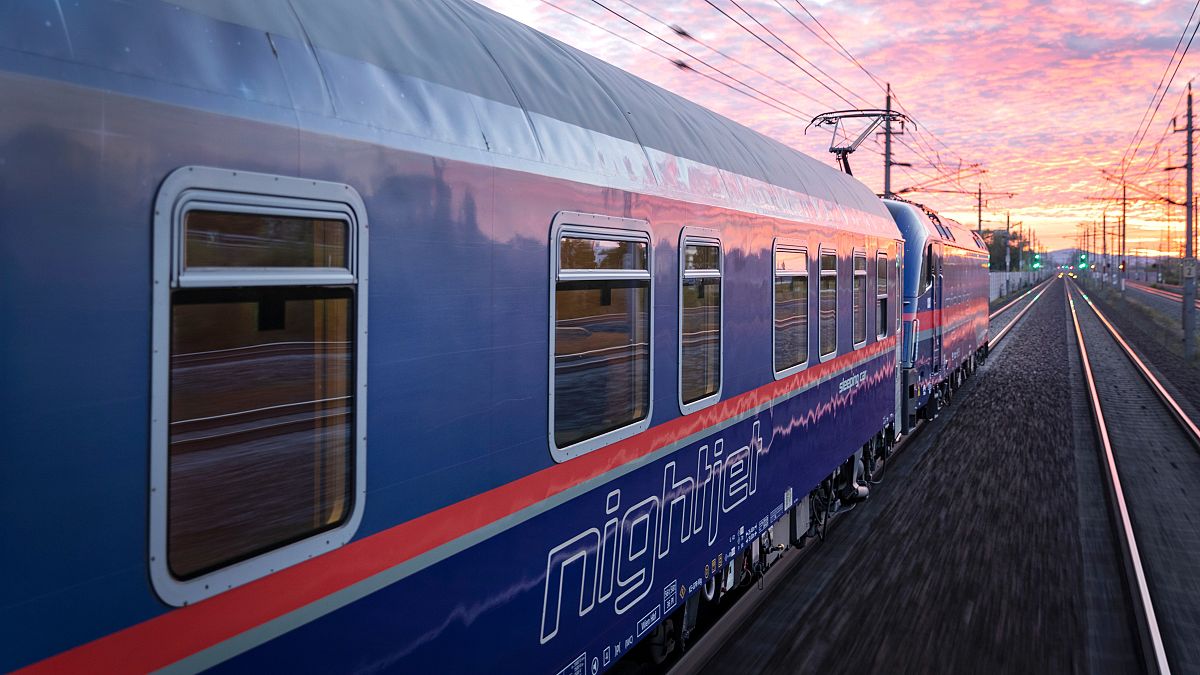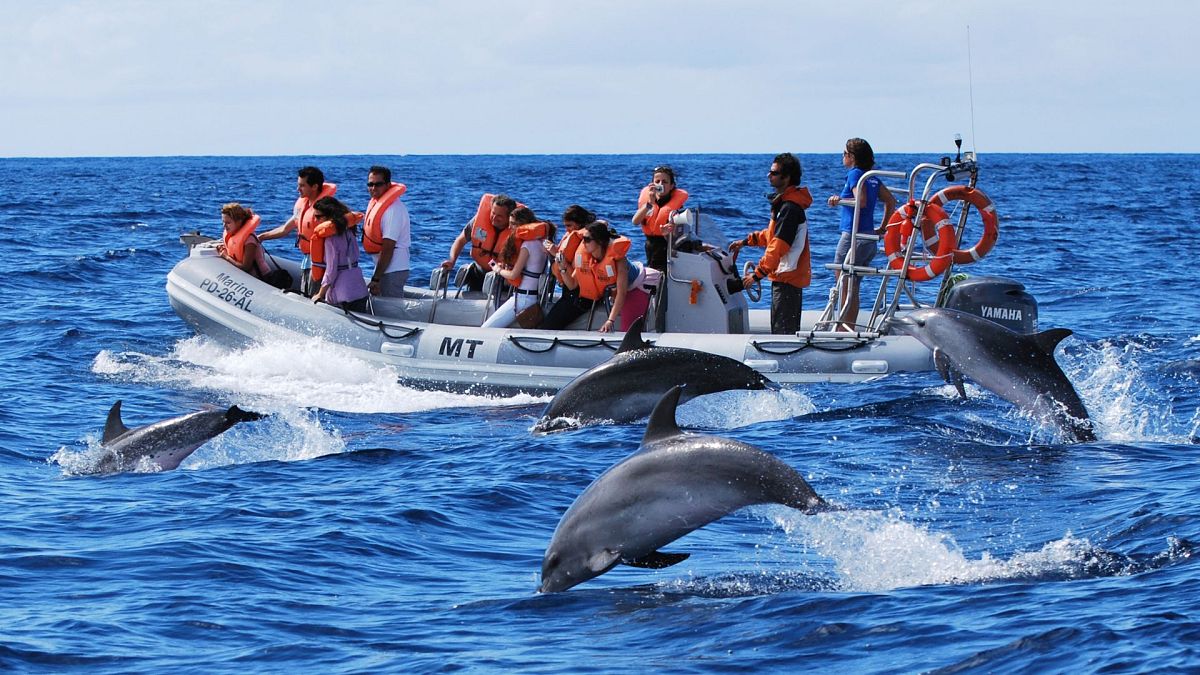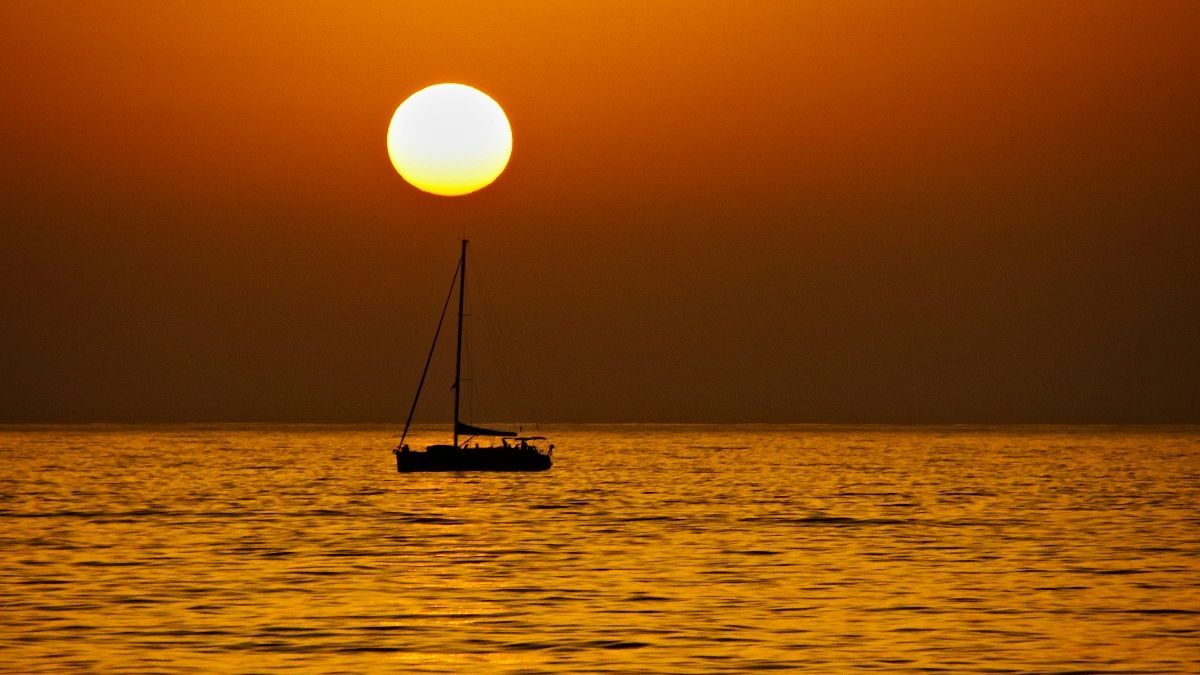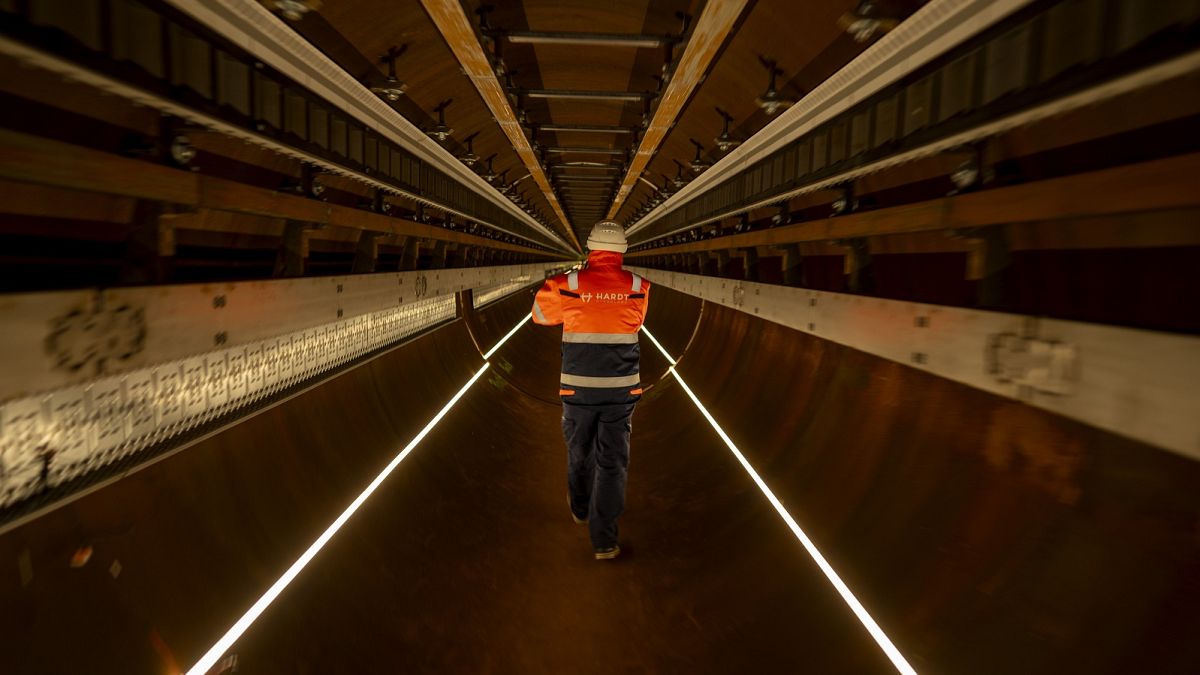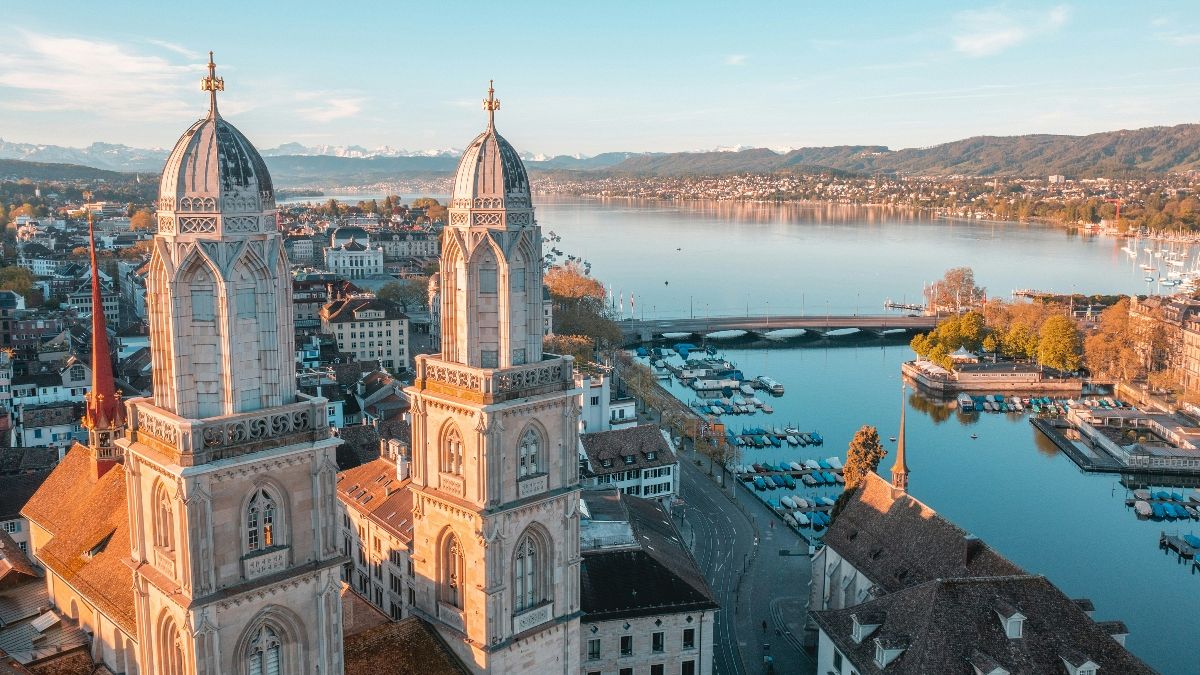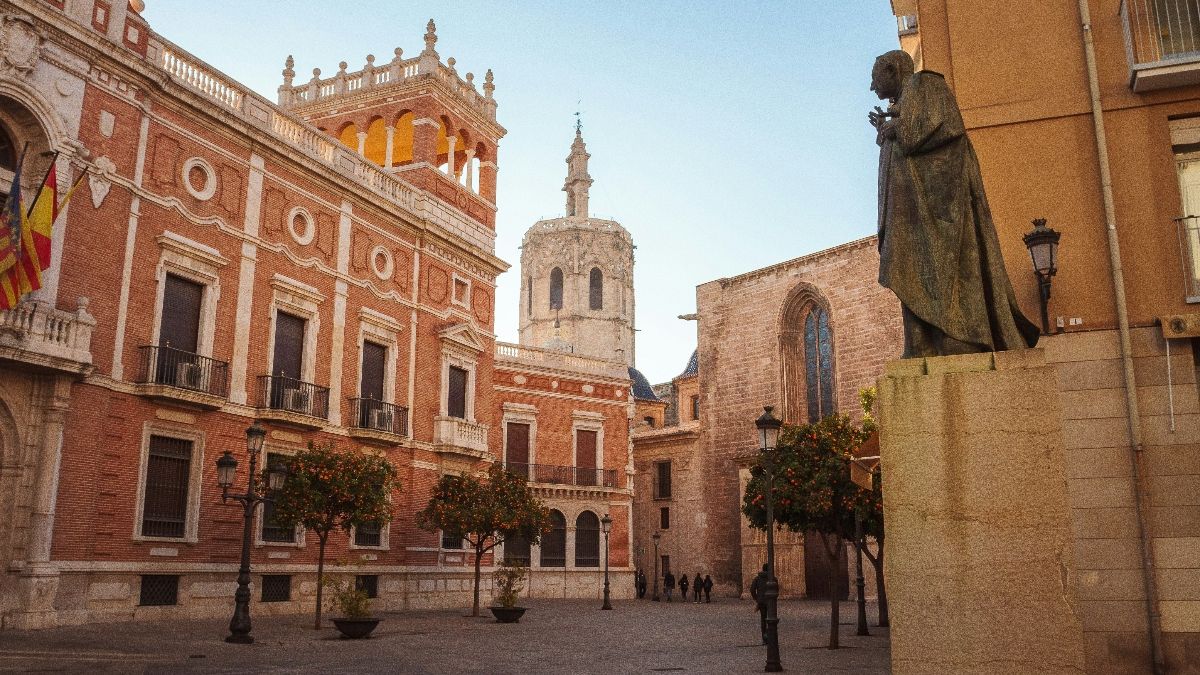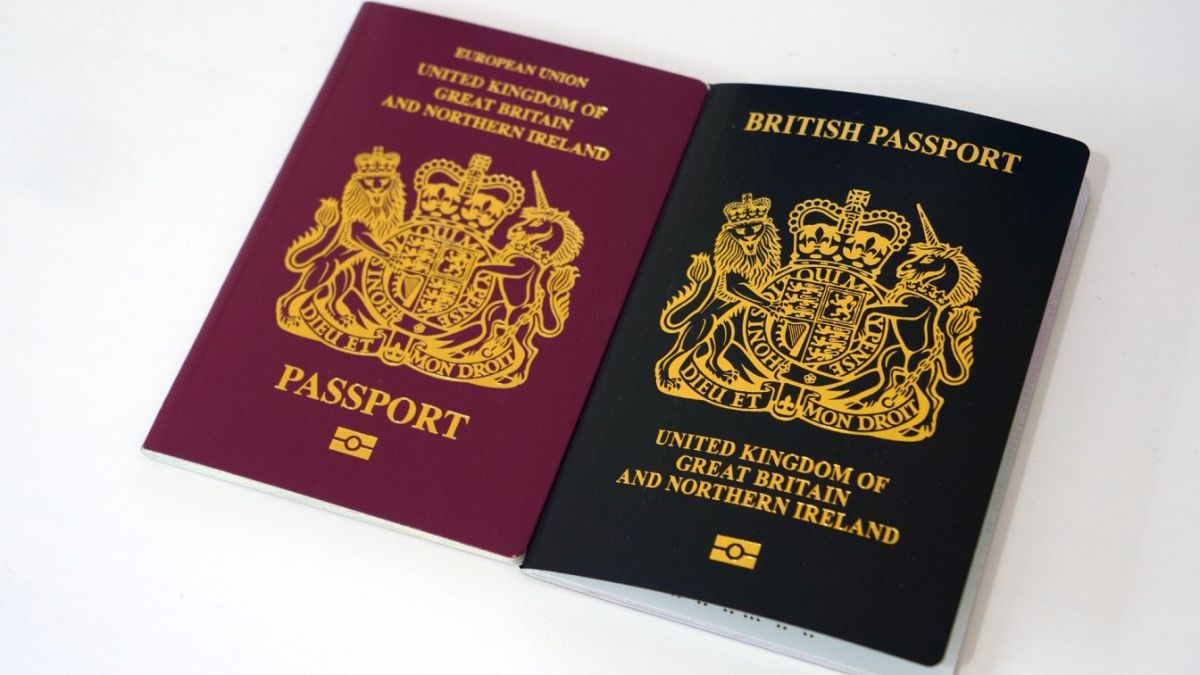Samarkand to unveil new airline as part of Uzbek tourism drive
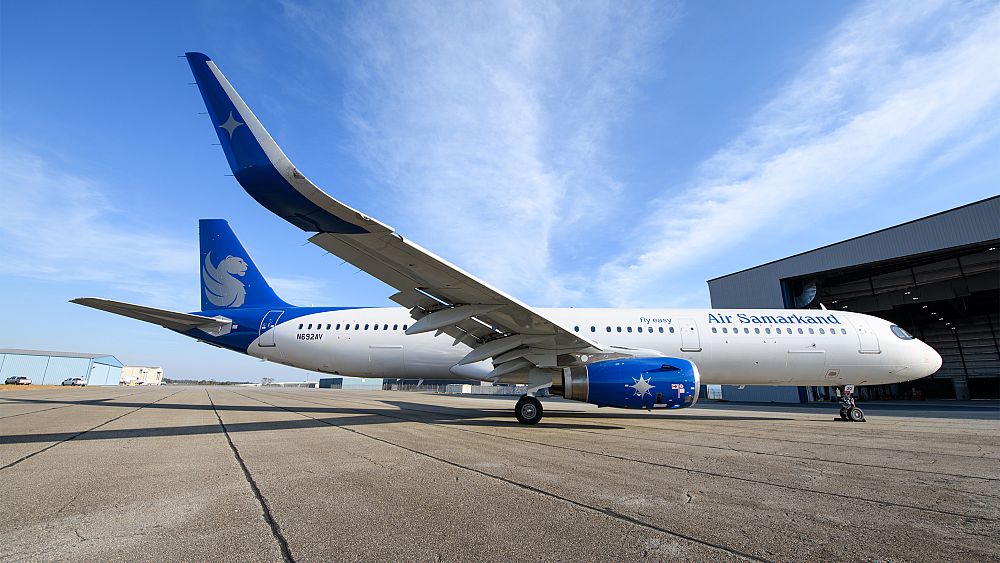
A new airline will soon make one of Asia’s oldest and most intriguing cities even more accessible to overseas visitors.
Air Samarkand is to launch charter flights and scheduled services from Uzbekistan’s second city of Samarkand to a growing number of destinations over the next 12 months. It will begin with services to cities in Turkey, Vietnam, Malaysia, Indonesia, and China at the turn of the year before expanding further into Europe during 2024.
‘Eden of the East’
Designated a World Capital of Cultural Tourism by the United Nations World Tourism Organisation (UNWTO), Samarkand dates to between the seventh and eighth centuries BC and is garnering keen interest among businesses and tourists for its mix of ancient heritage and modern infrastructure.
A new destination for global visitors, one of Air Samarkand’s founders Bakhtiyor Fazilov explains what lies behind the city’s transformation:
“The reformed Uzbekistan has seen and embraced significant growth in private initiatives, notably in the transformation of the ancient city of Samarkand, renowned worldwide due to its role as a hub on the Great Silk Road.
“Conditions facilitated by the country’s leadership have enabled the realisation of Samarkand’s full potential. Most notably this has been by enhancing the city’s airport and providing more comfort for residents and foreign visitors arriving by air, whilst also boosting the connectivity of Samarkand through the development of new airlines such as Air Samarkand. Consequently, this initiative aims to unlock Samarkand’s potential for the development of tourism, trade, scientific research, and various other activities.”
Born in Samarkand, Fazilov, a leading Uzbekistan businessman, has invested heavily in his hometown, building both a new airport terminal and the largest up-market resort in Central Asia just outside the city.
World-class infrastructure and ancient heritage
Air Samarkand CEO Anton Khojayan says, “A huge amount has been invested in world-class infrastructure, starting with first class airport facilities, an efficient public transport network that includes high-speed train services, and modern accommodation including four and five star hotels. By combining this new foundation with the region’s incredible ancient heritage, Samarkand is ready to, and indeed will, quickly emerge on the global tourism map.”
Khojayan says Air Samarkand will play a pivotal part in the emergence of Samarkand and Uzbekistan as a destination for overseas visitors.
“Starting any new airline normally carries some commercial risk. But for Air Samarkand we have an incredible range of assets at our disposal to attract leisure and business travellers, while our world-class schools and universities will attract global students to this region.
“Air Samarkand will help to spearhead the future development of Uzbekistan as a new tourism & cultural, business and educational centre in Central Asia.”
Full-service air carrier
The full-service carrier has already welcomed its first Airbus A330-300 twin-aisle wide-bodied aircraft that will operate on long and medium-haul routes. And Airbus A320 single aisle narrowbodies will soon connect with closer cities, all directly with Samarkand International Airport.
These modern, safe and fuel-efficient Airbus aircraft will remove the need to use time-consuming flight connections in Tashkent and other regional airports.
Air Samarkand aims to compete with other established full-service carriers at an affordable price – with in-flight meals and drinks, large overhead storage for hand luggage, and an inflight entertainment system (IFE) showing international films via screens built-in to every seat.
Khojayan says that running parallel with his first aircraft arrivals, the airline is finalising agreements with target destinations and will begin its first charter flights in the coming weeks, followed soon afterwards by scheduled route connections to other leading cities.
“We have been carefully developing our business strategy for the past 12 months while concurrently recruiting an experienced airline leadership group and a talented flight and cabin crew team to deliver exceptional in-flight service to our customers,” said Khojayan.
“We have an ambitious plan for the rapid growth of Air Samarkand, to provide direct, safe and high-quality services to a growing number of cities in Europe and Asia. We will quickly ramp up operations to drive visitor numbers to this historic region of Samarkand.”
Old and new Samarkand merge
Samarkand mixes ancient heritage with new facilities for the modern traveller in the most seamless of ways.
An impressive new airport terminal opened in 2022 and now caters for more than 800,000 passengers a year. Designed to appear like an open book to symbolise ‘The New Astronomical Table of Kuragoni’ by the great Uzbek scientist Mirzo Ulugbek, it forms an impressive welcoming sight for arriving passengers.
Mosques, medieval treasures and more
Located just eight kilometres from the city and so one of the closest airports to any major metropolis, visitors will quickly become enveloped in the prosperous centre of the silk trade, on the famed Silk Road. This is the heart of the country’s ancient and medieval tourist attractions in Samarkand and the surrounding Bukhara, Khiva, Shakhrisabz, and Zaamin National Park regions.
Visitors can marvel at ancient mosques, medieval treasures, historical monuments and museums with artifacts from bygone centuries.
21st Century amenities
And mixed with this heritage are new facilities for even the most demanding of overseas visitors.
The multi-faceted Silk Road Samarkand tourist centre – the first international tourism resort in Middle Asia – covers a vast 260 hectares and embraces eight world-class hotels, parks, sports arenas, restaurants, cafes, and bars, an international congress centre and other cultural sites. Four and five-star hotels and other first-class facilities have been designed by international architects to merge in harmony with the surrounding ancient heritage.
The ‘Eternal City’ recreates the spirit of the ancient city, with its history and traditions through Parthian, Hellenistic and Islamic cultures. Narrow streets house shops for Uzbek artists, artisans and other craftspeople working below turquoise domes, mosaic-clad palaces and high minarets that form an imposing skyline and restaurants that showcase national dishes from different eras and regions of this absorbing country.
The new city includes glistening administrative and commercial buildings, cultural centres and educational campuses for students.
Khojayan says: “The launch of Air Samarkand is a significant development of Uzbekistan as a tourism, cultural, business and education centre. Samarkand provides a unique mix of ancient heritage and modern infrastructure. The past and the future are combined in Samarkand right now.”
Source: Euro News


